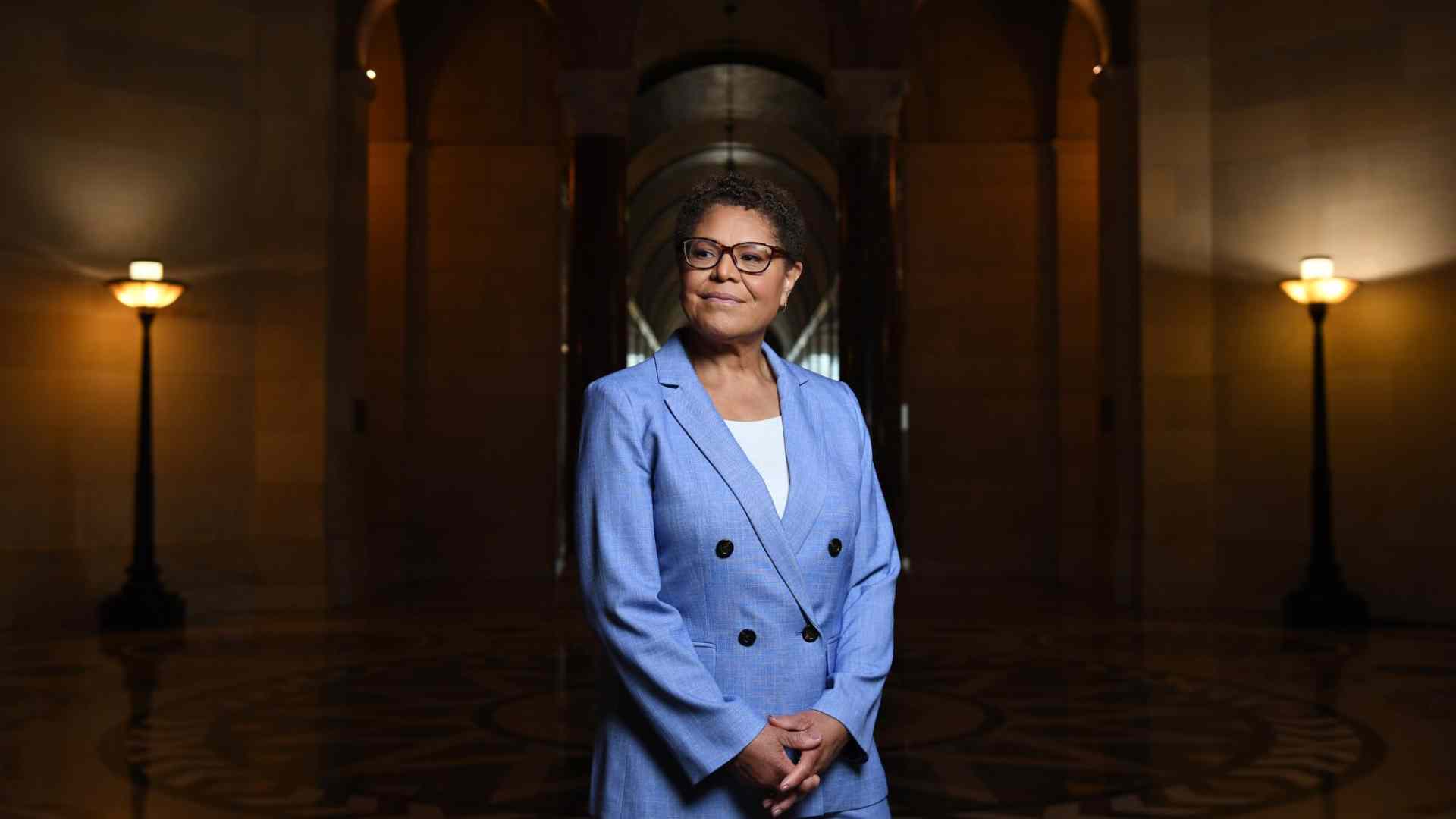Australia has once again tightened its visa requirements for international students, particularly affecting those from India, in a move aimed at curbing immigration into the country. The recent adjustment stipulates that international students must now demonstrate proof of savings totaling at least AUD$29,710 ($19,576) to qualify for a student visa. This marks the second increase in the minimum savings requirement within a span of seven months, with the previous requirement standing at AUD$24,505 ($16,146).
The Australian government, led by Prime Minister Anthony Albanese, has been implementing stricter measures in its immigration policies, especially concerning student visas, amidst concerns over a surge in migration and fraudulent practices in student recruitment. These measures include raising the minimum IELTS score and increasing the financial threshold for visa applicants.
This move comes at a time when Australia has witnessed a significant rise in migration, primarily driven by international students from countries like India, China, and the Philippines. However, this surge has strained resources across the country, particularly in rental markets, prompting the government to take action to reduce immigration levels.
According to reports, there has been a decline in the number of visas granted to Indian students, with a 48% decrease observed between December 2022 and December 2023. Despite this decline, India remains the second-largest source of international student enrolments in Australia, with approximately 122,000 Indian students studying in the country between January and September 2023.
ALSO READ: WB Board 12th Result 2024: Here All You Need To Know
The Australian government has also been cracking down on education providers suspected of engaging in fraudulent recruitment practices. Home Affairs Minister Clare O’Neil stated that warning letters have been issued to 34 education providers for their involvement in “non-genuine or exploitative recruitment practices.” These providers face severe consequences, including imprisonment and a ban on recruiting students, if found guilty.
The crackdown on student visas follows concerns raised by former Australian diplomats regarding the potential negative impact on bilateral relations, particularly with countries like India, which contribute significantly to Australia’s international student population.
Despite the challenges posed by the COVID-19 pandemic, Australia’s international education sector remains one of its largest export industries, contributing AUD$36.4 billion ($24 billion) to the economy in the 2022/23 fiscal year. However, the government’s efforts to reduce migration levels reflect its commitment to addressing the strain on resources and maintaining control over immigration into the country.
In conclusion, Australia’s recent tightening of student visa requirements underscores its broader efforts to curb immigration and address concerns over fraudulent practices in student recruitment. While these measures may pose challenges for prospective international students, they are aimed at ensuring the integrity of Australia’s immigration system and safeguarding the interests of its citizens.


















